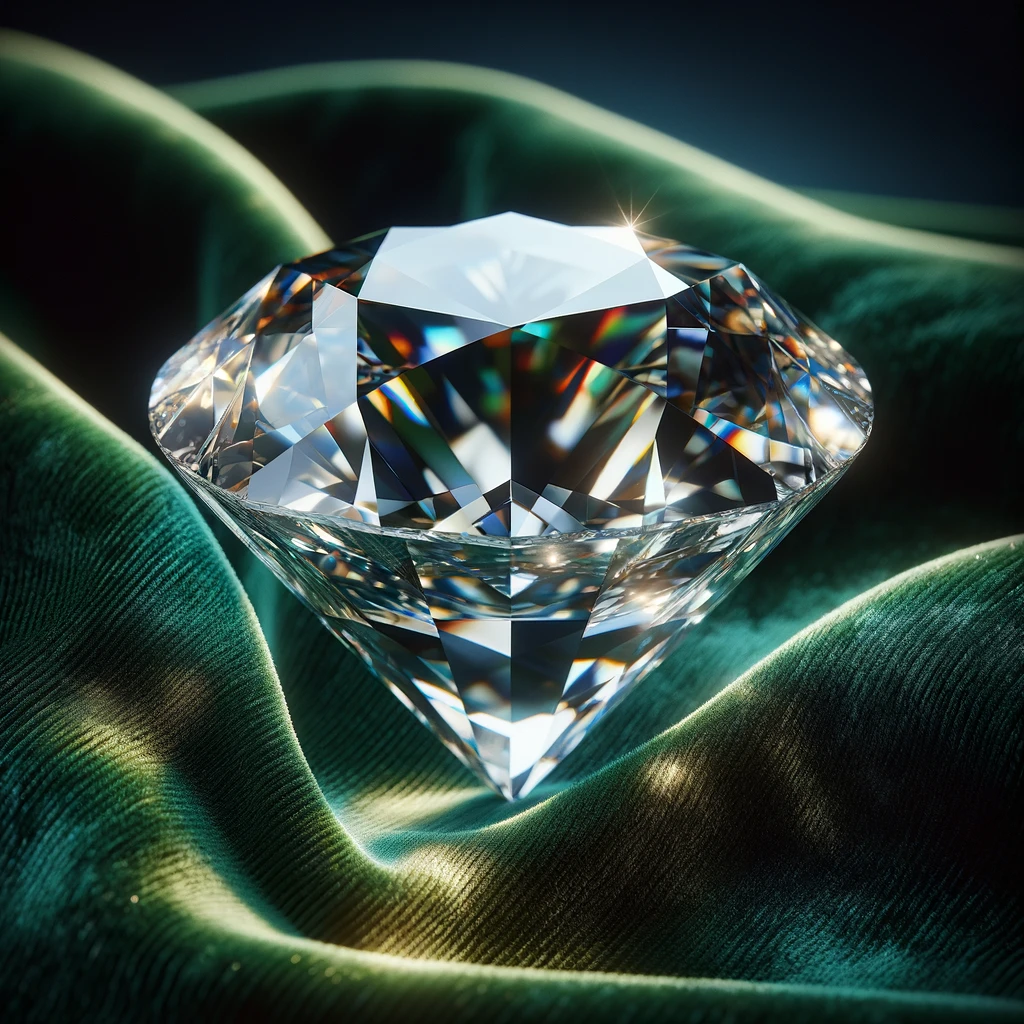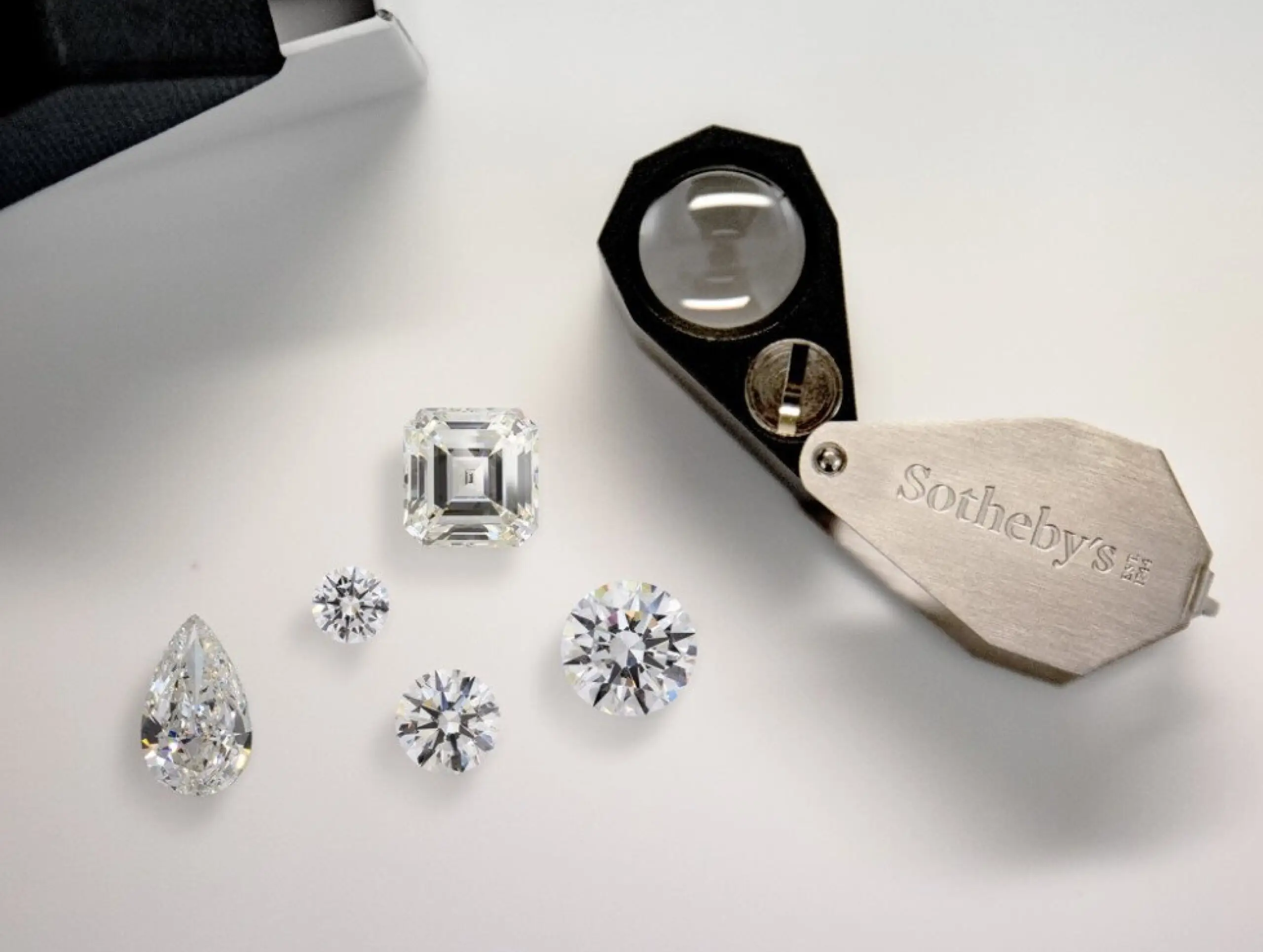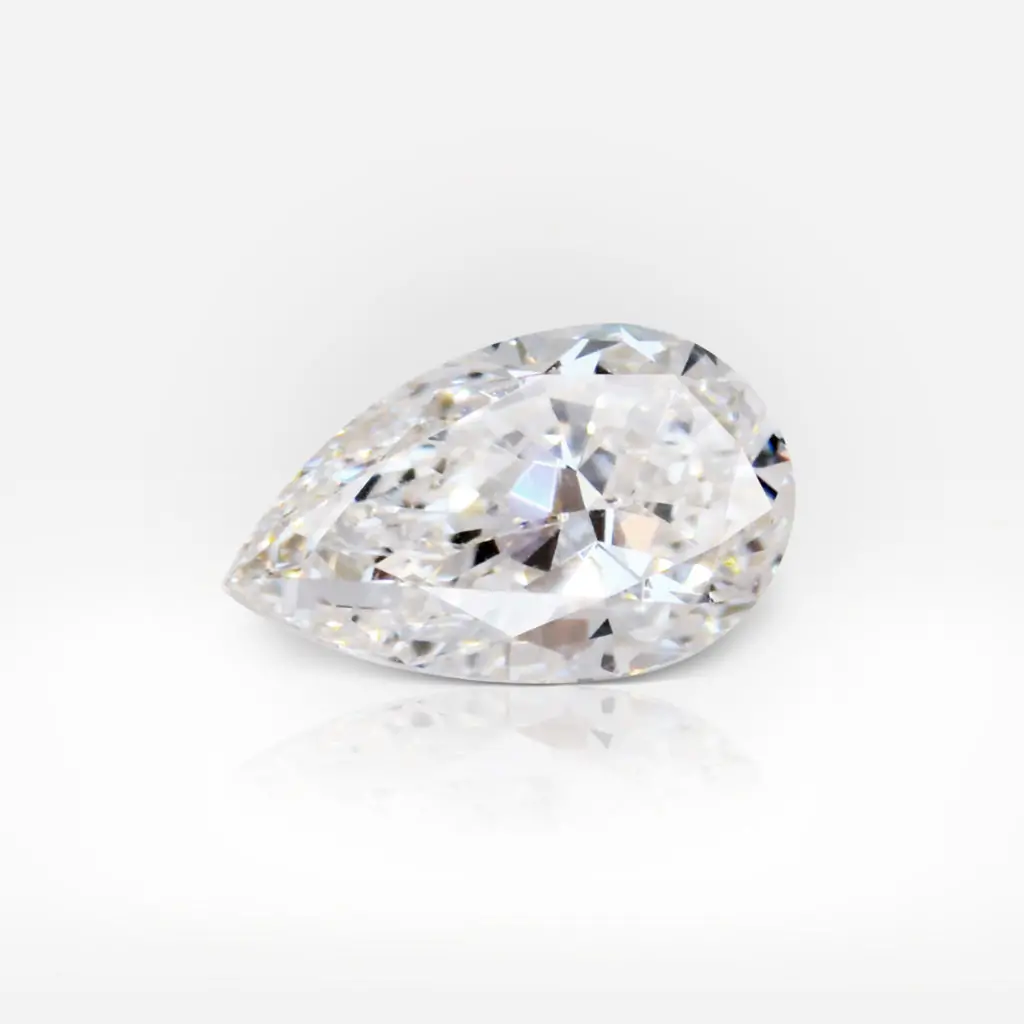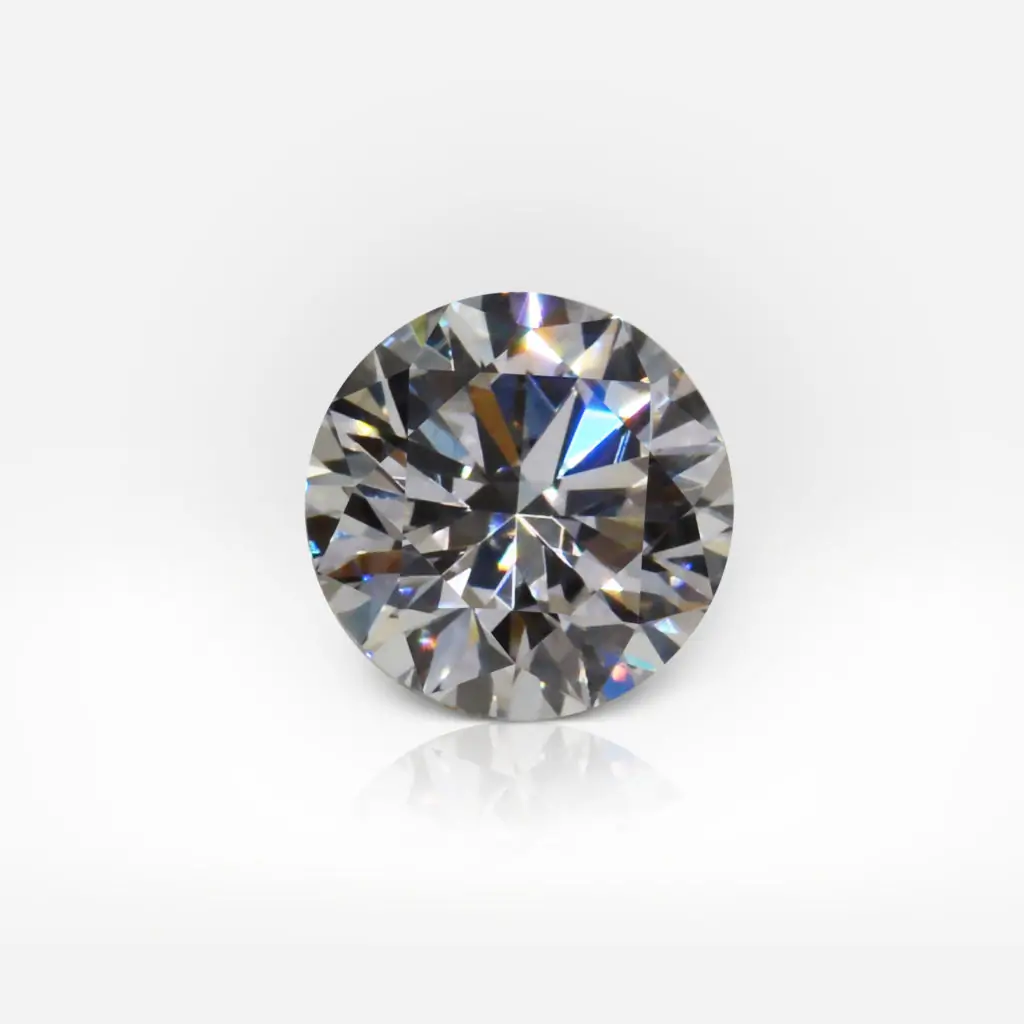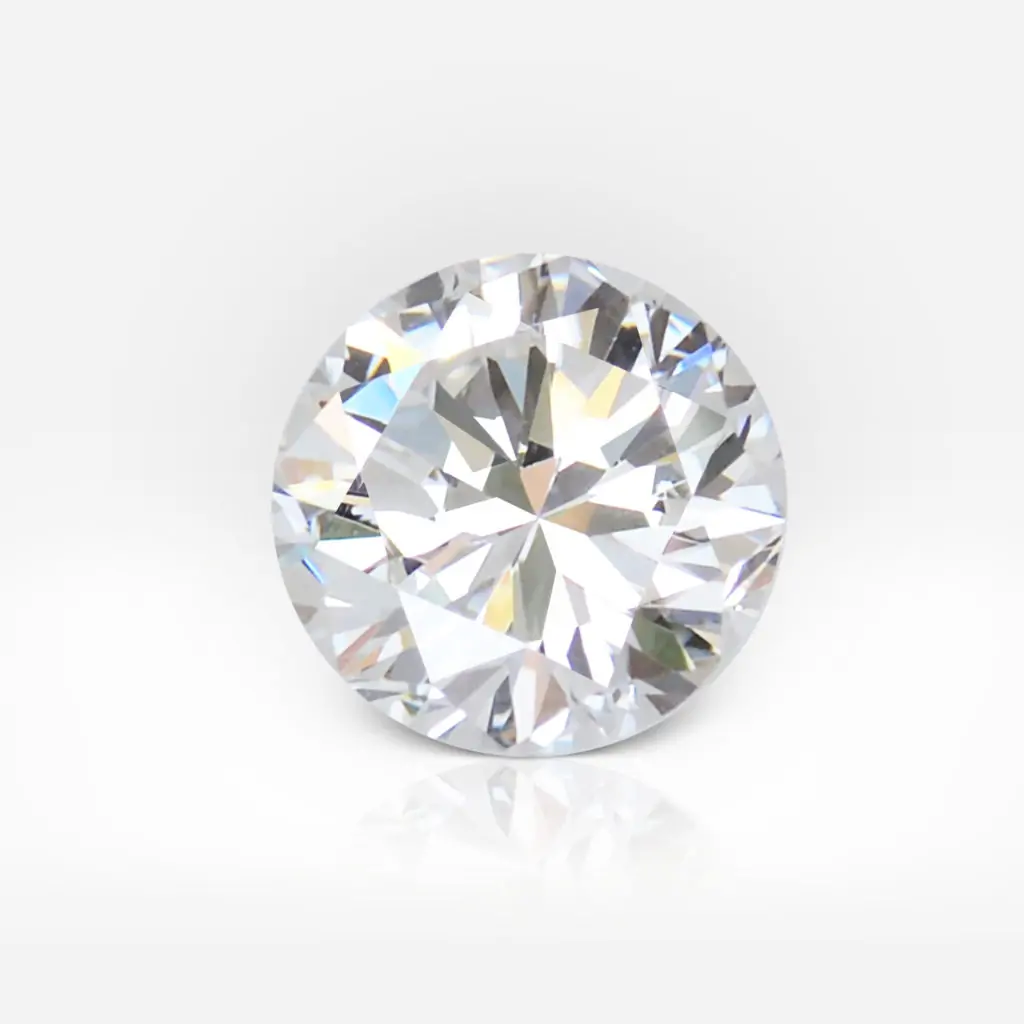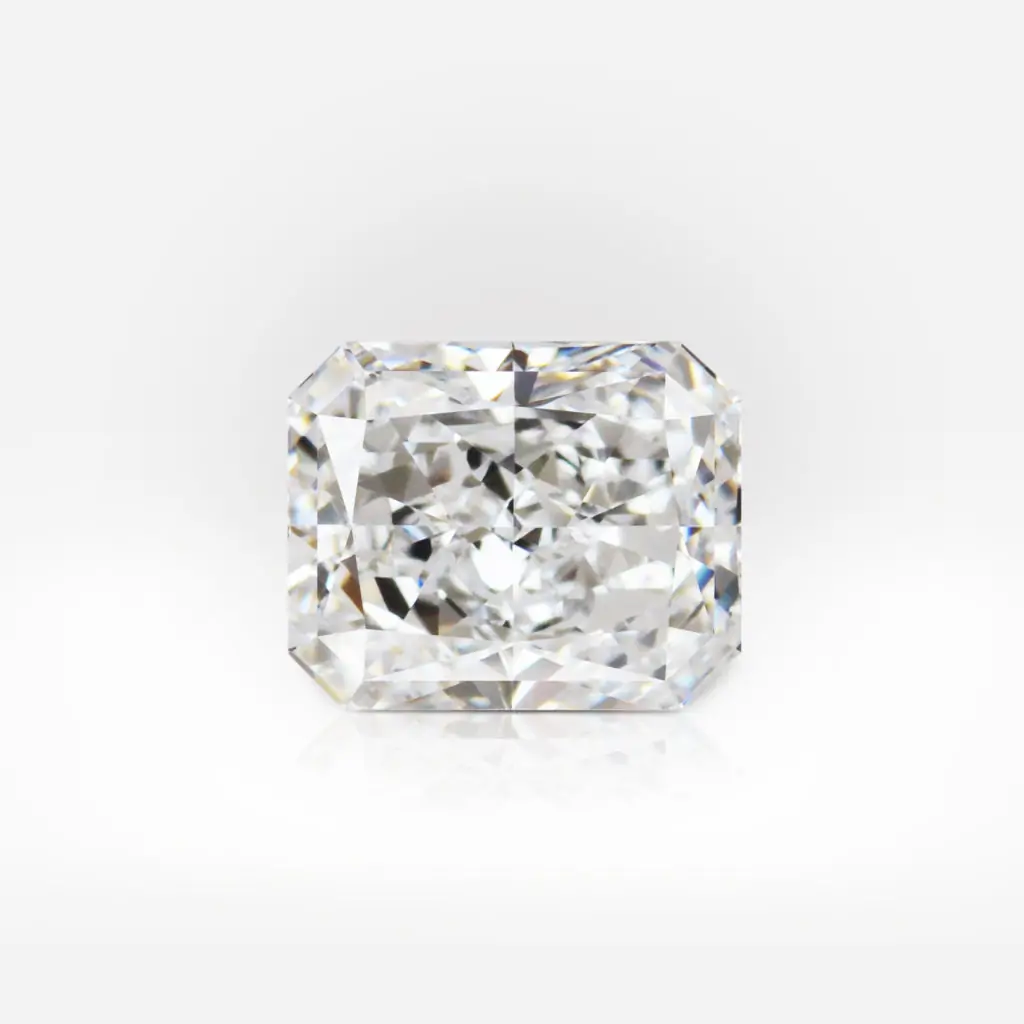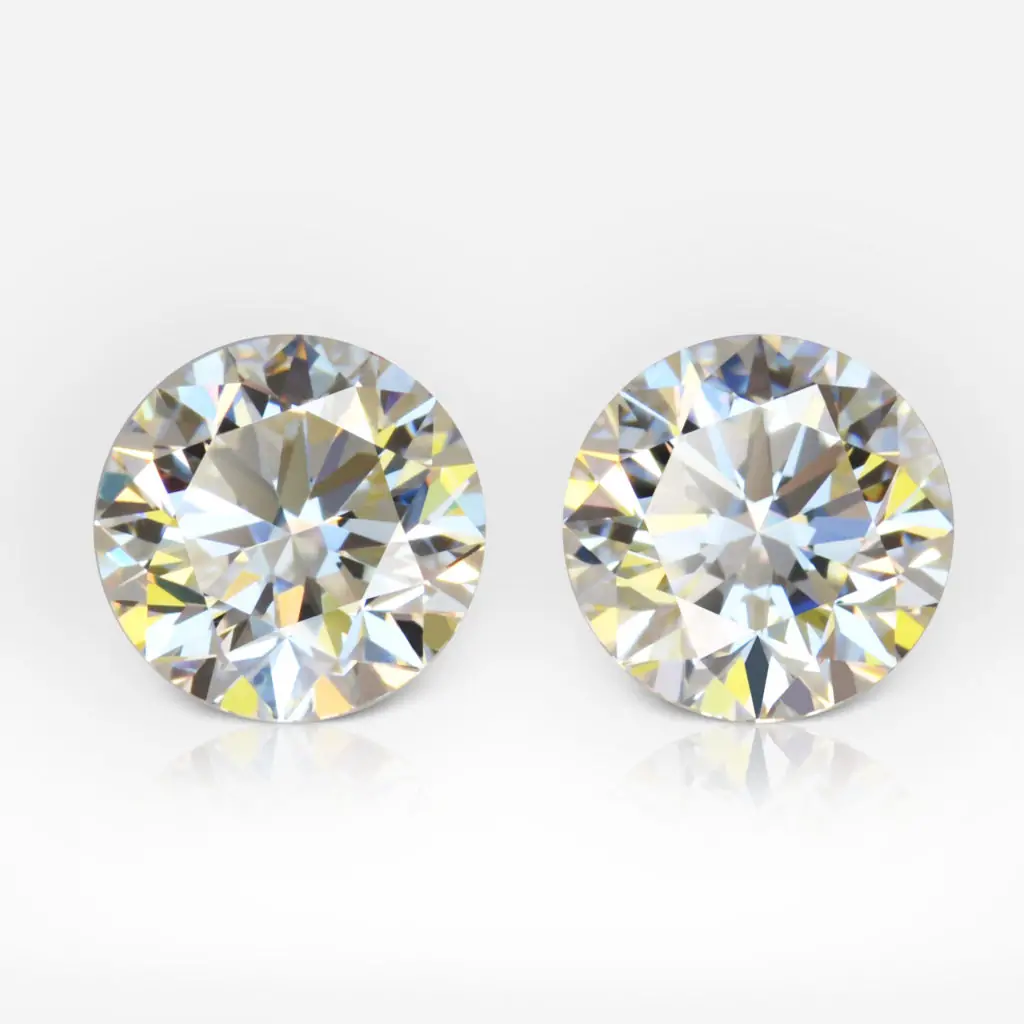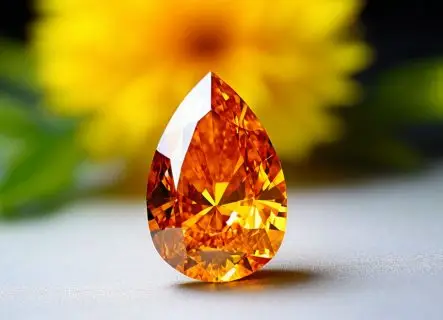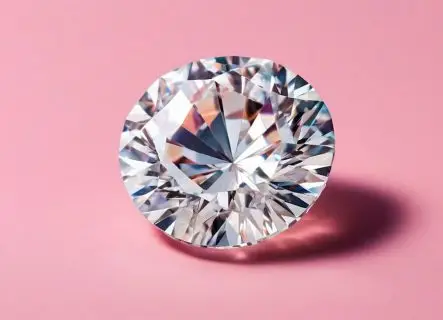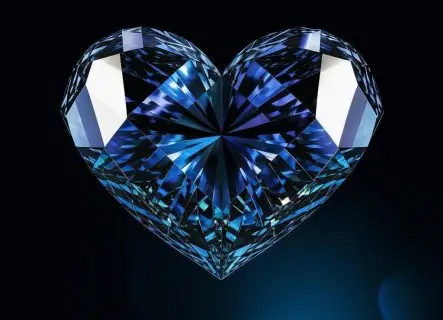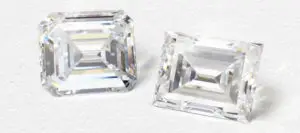
How should I pick a diamond? Which qualities influence its cost and worth? What should I look for in a gem purchase?
Both seasoned diamond enthusiasts and first-time purchasers ask these and numerous more questions. We will assist you in locating straightforward responses to these occasionally intricate and nuanced queries.
Let’s discuss clarity, which is a crucial feature of a diamond. Let’s focus on the VVS2 clarity degree in particular.
Diamond Clarity Scale
It is worthwhile to become familiar with the fundamentals of how these beautiful stones are categorized when looking for a diamond. This can help you avoid needless charges and save a great deal of time when making your decision.
The 4Cs are undoubtedly the most well-known idea in the diamond industry. The key factors that affect a diamond’s price and worth are concealed by the four Cs. One of these primary considerations is clarity.
The presence and quantity of inclusions, flaws, and blemishes in the diamond are expressed through clarity. The GIA developed a Diamond Clarity Scale to provide a more exact description of clarity.

The highest clarity grades on the diamond clarity scale are Flawless (FL) and Internally Flawless (IF) stones. Due to their great uniqueness, extreme rarity, and cosmic cost, these stones are incredibly pricey.
Then, with VVS1 and VVS2 degrees, comes the VVS (Very, Very Slightly Included) clarity level. VVS diamonds are nearly imperceptible to the unaided eye due to their minuscule flaws.
VS, or Very Slightly Included, with VS1 and VS2 degrees, is the following stage. This indicates that even though these diamonds have very few imperfections visible at 10x magnification, they are still minor.
Next is the SI (Slightly Included) group, which includes both SI1 and SI2 degrees. Here, ten times magnification makes inclusions visible.
The I (Included) category, which has I1, I2, and I3 degrees, is the last one. Under a 10x magnification, these diamonds’ inclusions are visible, which may significantly reduce their transparency and brightness.
What is a VVS2 clarity diamond?
Very Very Slightly Included to the second degree is known as VVS2 clarity. On the overall clarity scale, VVS2 is rather high as it is only two steps below IF, or Internally Flawless.
Diamonds having “inclusions difficult for a skilled grader to see under 10x magnification” are classified as VVS2 diamonds by the GIA. According to this description, inclusions in VVS2 diamonds can only be seen under a microscope by a qualified professional gemologist.
What are the pros and cons of VVS2 clarity diamonds?
VVS2 diamonds have their advantages and disadvantages, let’s take a look at them.
Pros of diamonds with VVS2 clarity:
- These stones are spotless and devoid of any imperfections or flaws that might be seen;
- Emerald or asscher cuts are ideal for VVS2 diamonds because they make imperfections easy to see;
- The exceptional carat weight VVS2 diamonds are a fantastic choice for investing and collecting.
Cons of diamonds with VVS2 clarity:
- For amateurs, VVS2 diamonds with lesser clarity and thus cheaper cost could appear identical to VVS2 diamonds;
- VVS2 might be excessive for several common diamond shapes like round brilliants or other brilliant cuts.
How much does a VVS2 clarity diamond cost?
VVS2 diamonds are extremely rare and have distinctive qualities, which makes them expensive.
Here’s a little secret for you as well: a diamond with the same color and cut but a slightly different weight, say 0.90 ct and 1 ct (you can hardly tell the difference), will cost a significantly different amount of money. In other words, a 0.90 carat diamond will cost a lot less than a 1 carat diamond.
This peculiar occurrence is connected to the enormous demand for one-carat diamonds. Put otherwise, the reason they are popular is just that 1 ct sounds better.
VVS2 vs VVS1 clarity
VVS1 and VVS2 stones are equally distinctive, spotless, and stunning.
But as VVS2 is in the lowest range of the VVS clarity group, VVS1 is regarded as being marginally superior and hence a little cleaner. For instance, 10x magnification is simply insufficient to reveal inclusions in a VVS1 diamond. More potent machinery is needed.
On the other hand, there won’t be any distinction if you set VVS2 and VVS1 diamonds next to one another. It is impossible to tell which stone has more clarity with the unaided eye.
VVS diamonds will be less expensive than FL and IF stones in terms of cost. But their prices will also vary from one another. Generally, there will be a 25% difference between VVS2 and VVS1 diamonds with the same cut, color, and carat.
Conclusion. Should you buy a VVS2 diamond?
Prior to buying a diamond, we advise you to determine your ultimate objective. You are purchasing a diamond; why? Would you like to add more remarkable stones to your collection? make a wise financial decision? Or are you merely trying to choose a lovely stone for an engagement ring?
VVS2 diamonds can be an excellent option if you’re buying them as an investment or if you’re searching for particularly good stones. In comparison to FL, IF, or VVS1 stones, they are more pleasant to look at and less expensive, while having very small inclusions that are only visible to experts with the proper tools.
However, VVS2 diamonds are not the greatest choice if all you’re seeking for is stunning diamonds for your jewelry. It’s critical to appropriately weigh a diamond’s worth in relation to its beauty. In this instance, diamonds, which have a somewhat poorer clarity, are an excellent choice. They will be more enjoyable to look at and more reasonably priced, in addition to being aesthetically pleasing and gorgeous.
Beyond this ratio, VVS2 diamonds fall into the rare and collectible diamond group.
Finally, you can always ask our experts for assistance if you’re having trouble deciding or if you have any further questions. Simply contact us.
Subscribe to discover the world of diamonds and gems. If you have any questions, please let us know.


